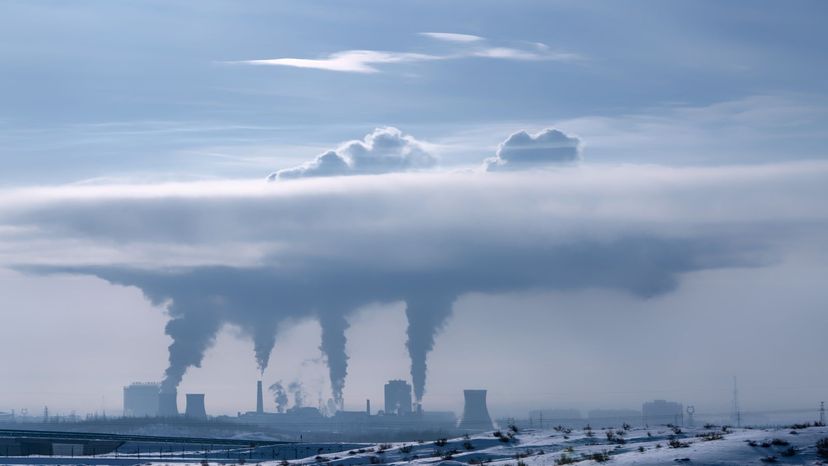We may take our sense of smell for granted, but exactly how we smell is a topic of great debate and research among neurologists and physiologists. Science has a pretty good handle on exactly how the process of smell takes place once the smell passes the olfactory receptors -- it's the beginning and end of the process that has researchers stumped.
For many years, scientists have known that the different nerves that make up the olfactory bundle are specialized. They each respond only to the types of molecules they are designed to interact with. Imagine a bank of mailboxes in front of a post office: one is for metered mail, one is for local mail, and one is for out-of-town mail. Each is still a mailbox, and each accepts mail, but their individual purposes are to route a specific type of mail to a specific location, much like the nerves in olfactory bundles being routed to a specific molecule receptor.
But science is still searching for an answer to exactly how the responses among specialized receptors are triggered. What initial process takes place to allow the professional sniffers to be able to tell the difference between smells?
Any molecule, as long as it is volatile (meaning it will evaporate at around room temperature), has the potential to be an odorant, or a molecule we can sense through smell. Once an odorant binds to the receptors in a nose, the molecule's potential as an odorant becomes realized. The most widely accepted theory has been that each of our approximately 350 olfactory receptors have certain structures that can be activated only by certain types of molecule, based on the molecule's shape. But this lock-and-key theory [Source:Neurophilosophy] has one major logistical problem: there are molecules with the same shape and structure that have totally different smells.
Newer research suggests that the interaction between odorants and their olfactory receptors is based on a much more sublime physical process. Rooted in quantum physics, this recent theory says that the interaction is based on the reaction caused in the receptors by the vibrations of an odorant molecule's atomic structure. The receptor reacts to the vibrations of the molecule, and this response triggers the transmission of smell information along the olfactory system. Presto! The Chinese sniffer can root out a harmful chemical.
| Molecular PhilosophyWhen one of China’s sniffers draws in a breath
through her nose, the receptors interact with molecules, called odorants. Any molecule has the
potential to be an odorant, but can a molecule be considered an odorant while
it’s just floating around in space? That’s kind of like the question, if a tree
falls in the woods and no one is around to hear it, does it make a sound?
Perhaps one for the philosophers. |
But this only explains how we interact chemically with smell molecules. Most of the odors we know are made up of combinations of odor molecules. So how do we create our perception of odors -- whether they are "good" or "bad" odors -- and, ultimately, how can a sniffer tell the difference between one odor and another?
It is becoming clearer to researchers that the processes of detecting smells and perceiving smells in our brain may differ. One study from Northwestern University has concluded that the structure of a smell molecule does not necessarily affect the odorant coding that takes place in the brain. Odorant coding is the term for how our brains classify smells into different categories. The researchers found that it may be a combination of different processes working in conjunction that allows this odorant coding to take place.Â
These same researchers have also determined that our codified smell memories, or smell profiles created from exposure, can change when we encounter new or additional information about a smell [Source:Â ÂNorthwestern University]. For example, smelling a Âgardenia blossom once may create a scent memory that can be triggered when we see a gardenia plant from afar, but successive sniffs of a gardenia can clarify and add complexity to our original impression of the flower's scent.
In the next section we'll look at the effects of pollution sniffing on humans.Â






